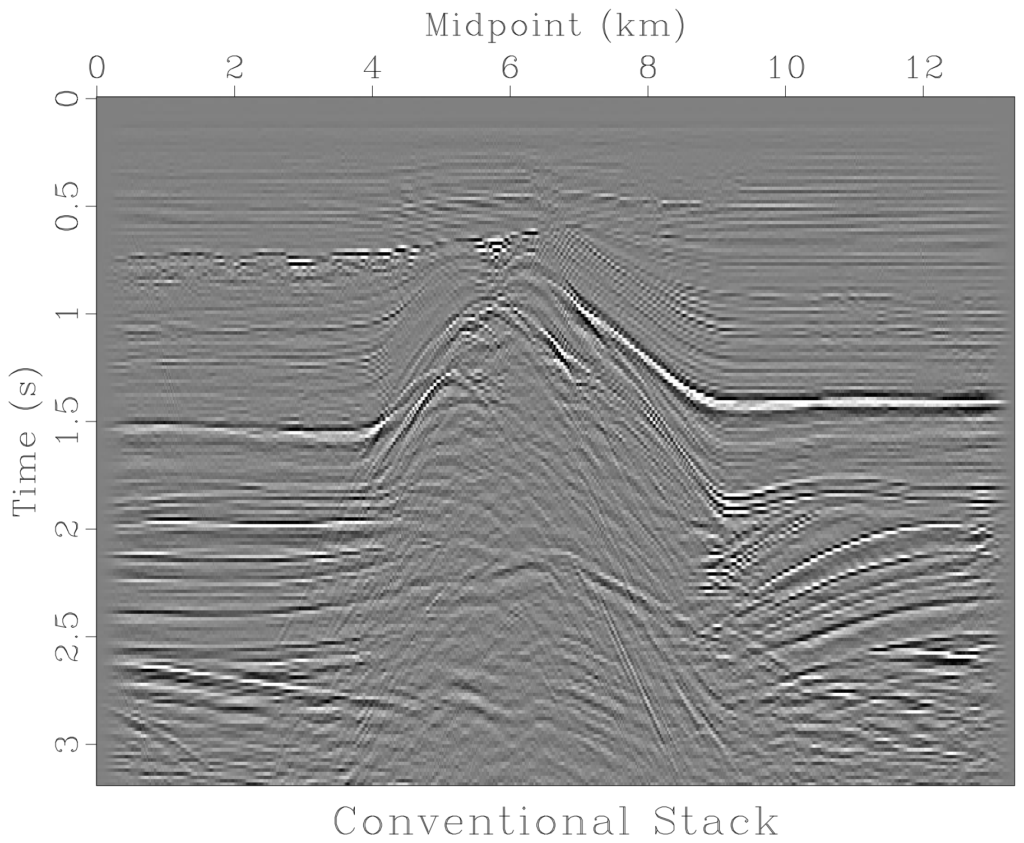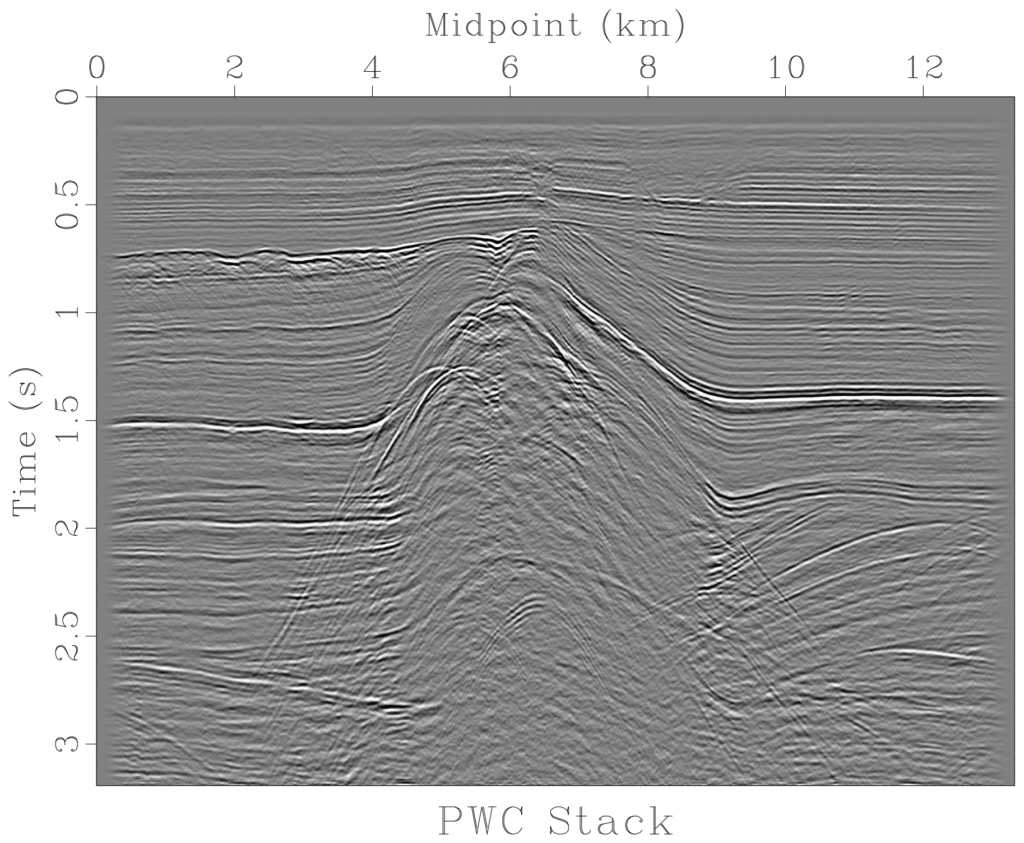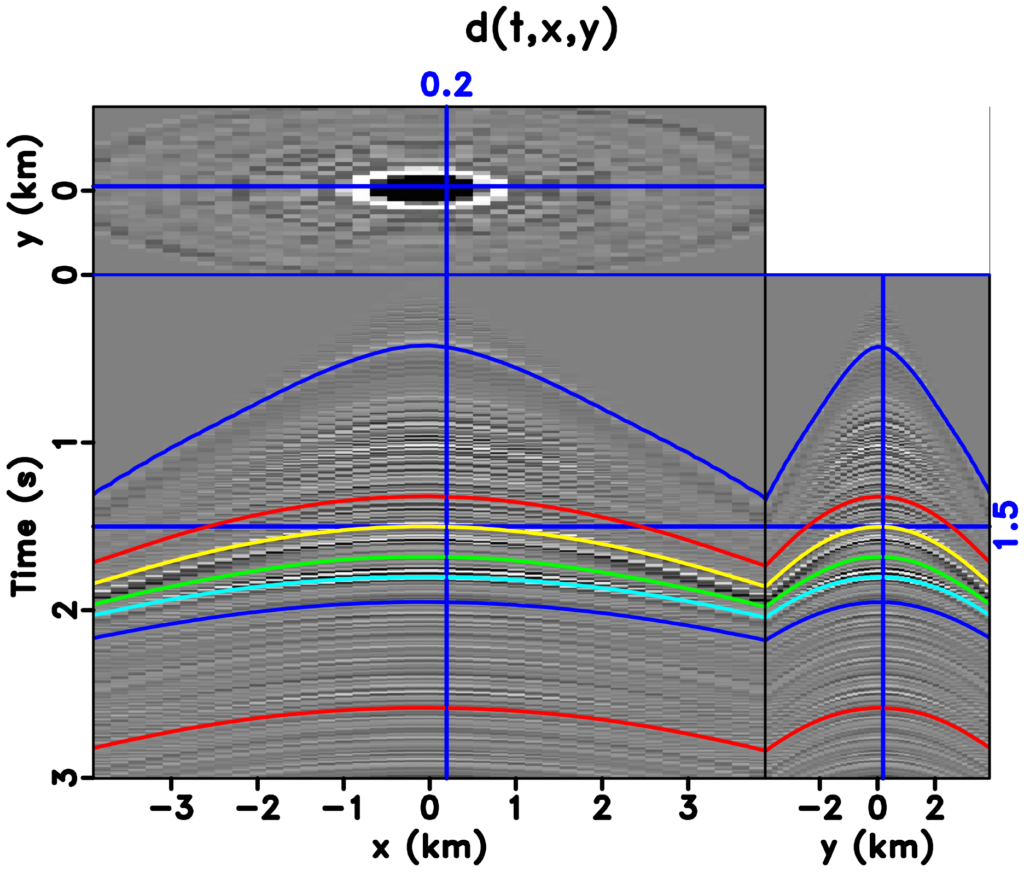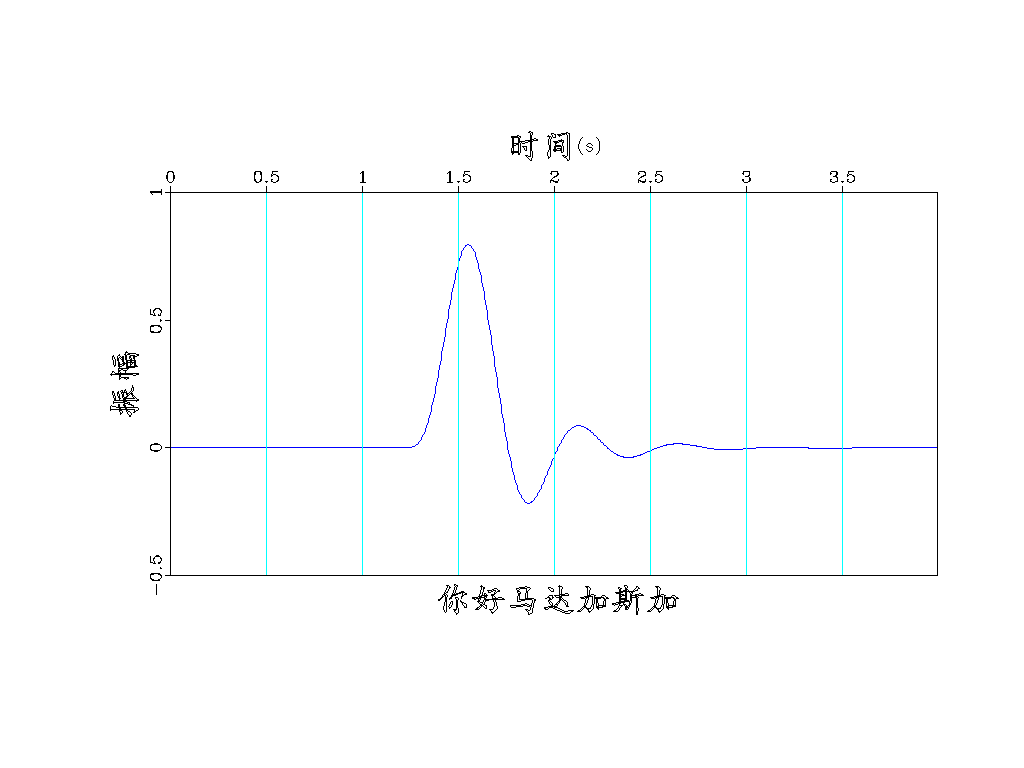An old paper is added to the collection of reproducible documents: High-resolution recursive stacking using plane-wave construction
We propose an approach to normal moveout (NMO) stacking, which eliminates the effects of “NMO stretch” and restores a wider frequency band by replacing conventional stacking with a regularized inversion to zero offset. The resulting stack is a model that best fits the data using additional constraints imposed by shaping regularization. We introduce a recursive stacking scheme using plane-wave construction in the backward operator of shaping regularization to achieve a higher resolution stack. The advantage of using recursive stacking along local slopes in the application to NMO and stack is that it avoids “stretching effects” caused by NMO correction and is insensitive to non-hyperbolic moveout in the data. Numerical tests demonstrate the algorithm’s ability to attain a higher frequency stack with a denser temporal sampling interval compared to those of the conventional stack and to minimize stretching effects caused by NMO correction. We apply this method to a 2-D field dataset from the North Sea and achieve noticeable resolution improvements in the stacked section compared with that of conventional NMO and stack.















